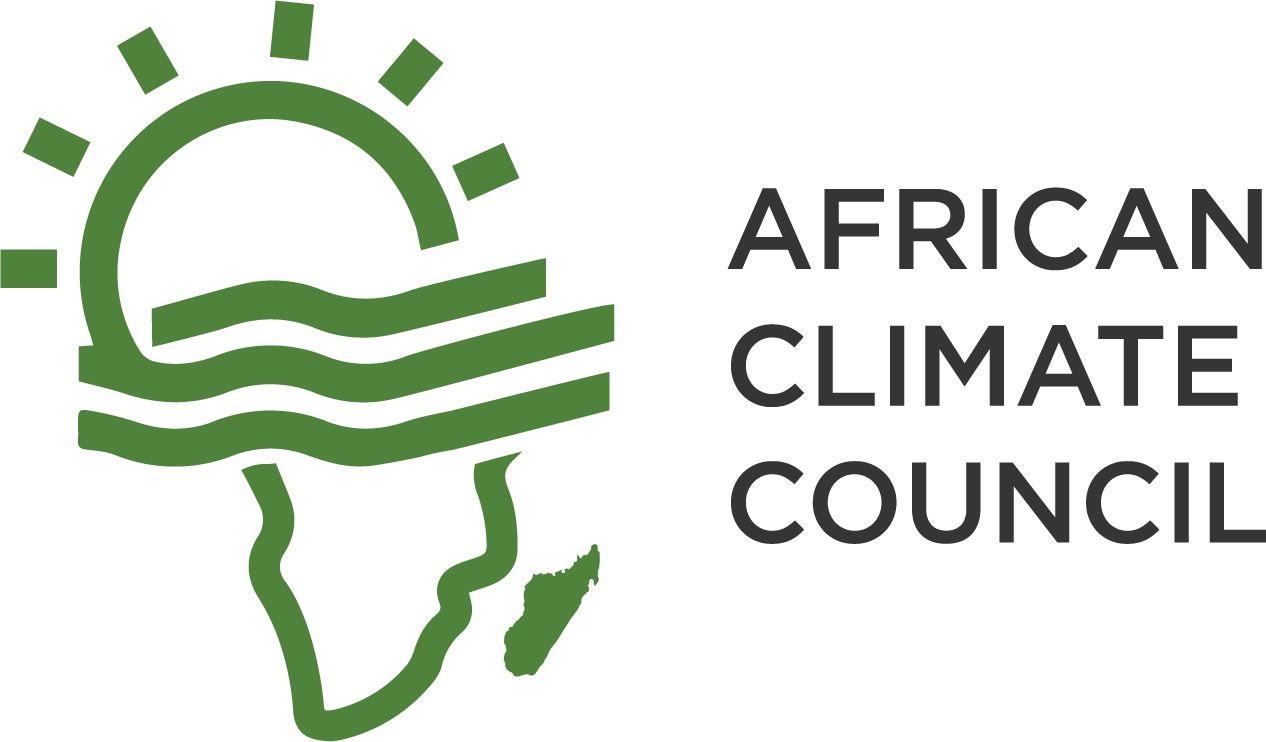
Amidst Africa’s climate crisis, HIV is becoming the unseen threat. Many women and girls are practicing sexual exploitation to survive the tough times, and increasing the risk of contaminating the HIV virus.
According to health experts, food shortage, and loss of jobs is the leading cause of sexual promiscuity increase. They support the direct correlation between the worsening climate change in Africa, and the potential risk of HIV.
2024 alone has recorded adverse conditions, including heatwaves, floods, drought, and storms. This leaves respective societies on the brink of survival, forcing youth to join the life of crime and other promiscuities like sex, and drug use.
According to a study by Frontline AIDS in 2023, ‘if global warming continues to worsen, sub-Saharan Africa will see a 16 million increase in AIDs cases by 2050’.
David Clark, head of programmes stated that, “We were really shocked with the results of modelling data from the study,…..We are really concerned that the impacts of climate change could wipe away decades of progress on HIV.”
Therefore, the lack of economic power is a threat to women and young girls who risk contaminating the disease. True to that, adolescent girls and young women, 15-24 yrs, account for 77% of new infections in sub-Saharan Africa.
Another risk is the lack of sufficient preparedness. UNAIDS records show that, only around 42% of districts in sub-Saharan Africa have reliable treatment centres with dedicated HIV prevention programmes for adolescent girls and young women.
In the words of health experts, we need to act now on climate mitigation actions to stop the spread of HIV. This will also help save many young women from dropping schools and joining sex work.


Add a Comment